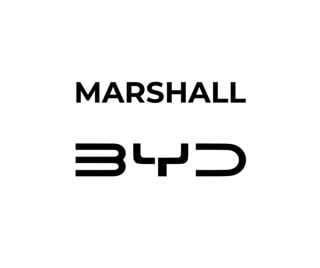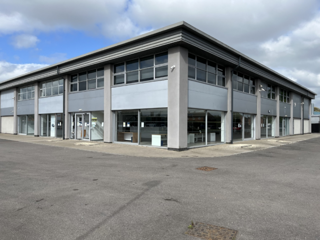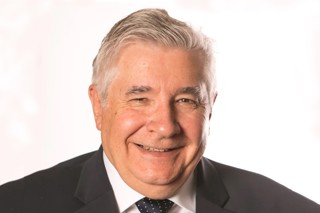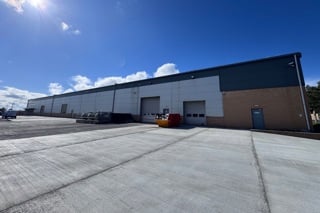By Professor Jim Saker
For centuries, people have used buildings to make statements; castles, palaces and cathedrals have all have been built to give a message of power and authority. Banking halls the size of mausoleums gave a sense of permanence and security. As these have been turned into bars and clubs, the bankers have migrated to iconic, high-rise offices that look down on the world below.
 |
||
|
Professor Jim Saker is director of the Centre for Automotive Management at Loughborough University’s Business School. He has been involved in the automotive industry for more than 20 years. |
||
In the retail automotive sector, there has been an ongoing debate over the role of the actual dealership in marketing the brand. Marketing theory suggests that the marketing mix, made up of product, price, promotion, place, people, process and physical evidence, highlights two elements that are particularly relevant to this discussion – place and physical evidence.
Place describes the distribution of the product and its location, while the physical evidence is what we see around us. The theory states that we pick up perceptions of quality from what we see in the purchasing environment and this affects the way we think about the product. It is therefore logical that manufacturers take an active interest in the environment in which their products are sold.
A cynic would say the amount of interest taken in dealer standards is dictated by the state of the market. When the market is going well, the manufacturers start producing new designs of what a dealership should look like and put pressure on dealers to invest in refits and new corporate identity concepts. When the market is down, they let the dealer ignore specifications as long as they sell cars.
At the moment, the market is becoming more stable and a number of manufacturers have launched major redesigns of their dealerships. This includes new merchandising concepts, with the integration of digital media in the dealership to enhance the customer experience.
I don’t have any problem with the idea that brands should be refreshed, but sometimes I look at what is being asked of the dealers and the level of investment required and wonder whether it will actually give a rate of return that justifies the expense.
To me, there are three key questions that need to be answered before this level of investment is undertaken:
Does it reflect and enhance the brand?
Sometimes the grandiose designs don’t reflect either the heritage, value or personality of the brand. There is a dissonance between the building and the brand positioning.
For the brands that attract the custom of high net-worth individuals the investment may be worthwhile, but for some lower-priced brands the dealership can appear intimidating and unwelcoming. I enjoy visiting new dealerships where there is an attempt to add value to the customer experience. Having a space where people can relax or work while waiting for their car is undoubtedly something that adds to the customer experience. I am sure that the in-dealership hairdresser and coffee shop will work in some areas, but may not be appropriate in others.


















Richard Williams - 26/11/2014 13:51
Well done Jim, what you say works, come and see us